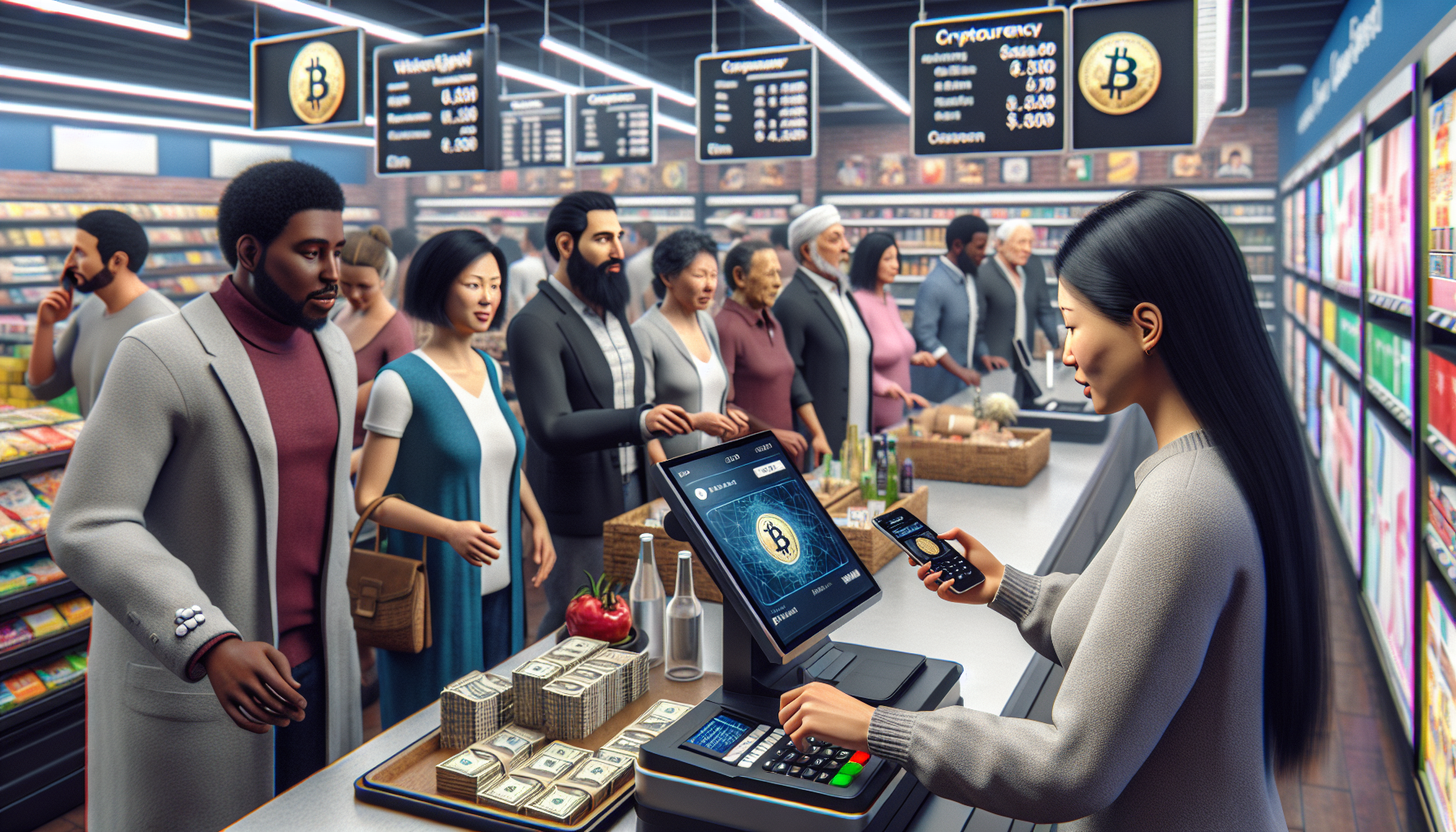
tl;dr
The U.S. dollar is weakening, with the DXY index down nearly 11% since early 2024, reaching 98.23. Gold is at record highs, and Bitcoin is showing signs of a potential comeback. A combination of weak dollars, rising inflation, and a steepening yield curve is creating a bullish environment for Bitc...
**Bitcoin’s Bullish Bet: A Perfect Storm of Weak Dollars, Rising Inflation, and Yield Curve Chaos**
The U.S. dollar is losing its grip. Since early 2024, the U.S. Dollar Index (DXY) has slumped nearly 11%, hitting 98.23—a drop so steep it hasn’t been seen since the 1970s. Meanwhile, gold is hitting record highs, and Bitcoin is quietly plotting its comeback. According to QCP Capital, this volatile mix of a weakening dollar, inflation fears, and a steepening yield curve is creating a “bullish narrative” for Bitcoin.
**Gold’s Glow and the Dollar’s Dilemma**
Gold’s surge to $3,578 in September isn’t just a shiny trophy—it’s a signal. Stephen Gregory, founder of crypto trading platform Vtrader, says U.S. institutions are hedging against the dollar’s decline, channeling liquidity into assets with “fixed supply,” like Bitcoin and Ethereum. “Gold is the traditional hedge,” he explains, “but Bitcoin is the new kid on the block, and it’s getting attention.”
The dollar’s weakness isn’t just a side show. It’s tied to a global bond market tantrum. Inflation worries have pushed 30-year Treasury yields to their highest in decades, even as central banks worldwide ease monetary policy. Robin Brooks, a Brookings Institution fellow, calls it “unusual”—a 30-year yield rising during a Fed easing cycle. The irony? Countries once favored short-term debt to avoid long-term risks, but now, that strategy is backfiring.
**Yield Curve Steepening: The Economy’s Mixed Signals**
Here’s the catch: When the yield curve steepens—meaning long-term yields rise faster than short-term ones—it’s a Rorschach test for investors. On one hand, it screams inflation. On the other, it whispers confidence in economic growth. Either way, it’s a recipe for risk assets like Bitcoin to shine.
Gregory points out that Bitcoin’s year-to-date return of 96% (though down from its $124,545 peak) is a far cry from gold’s 35% gain this year. But the crypto market’s volatility is its own kind of charm. “Inflation’s on the rise,” Gregory says, “and risk assets like Bitcoin tend to outperform the market. Maybe this is the perfect backdrop for a crypto supercycle.”
**Fed Fears and the Shadow of Trump**
Adding fuel to the fire: growing doubts about the Federal Reserve’s independence. President Trump’s public pressure on Fed Chair Jerome Powell to cut rates has investors sweating. QCP Capital argues that fears of the Fed losing control are keeping long-term yields elevated, steepening the curve further.
**The Big Picture: Crypto’s Comeback?**
So where does this leave Bitcoin? With the dollar in freefall, gold in the spotlight, and the Fed’s credibility under scrutiny, Bitcoin’s rally feels less like a gamble and more like a calculated bet. The question is: Is this the start of a crypto supercycle—or just another wild ride?
As the dollar’s decline and inflation’s rise continue to reshape markets, one thing’s clear: Bitcoin isn’t just a speculative play anymore. It’s a hedge, a store of value, and maybe, just maybe, the next big thing.
What do you think? Is this the moment Bitcoin breaks out—or is it another false dawn?